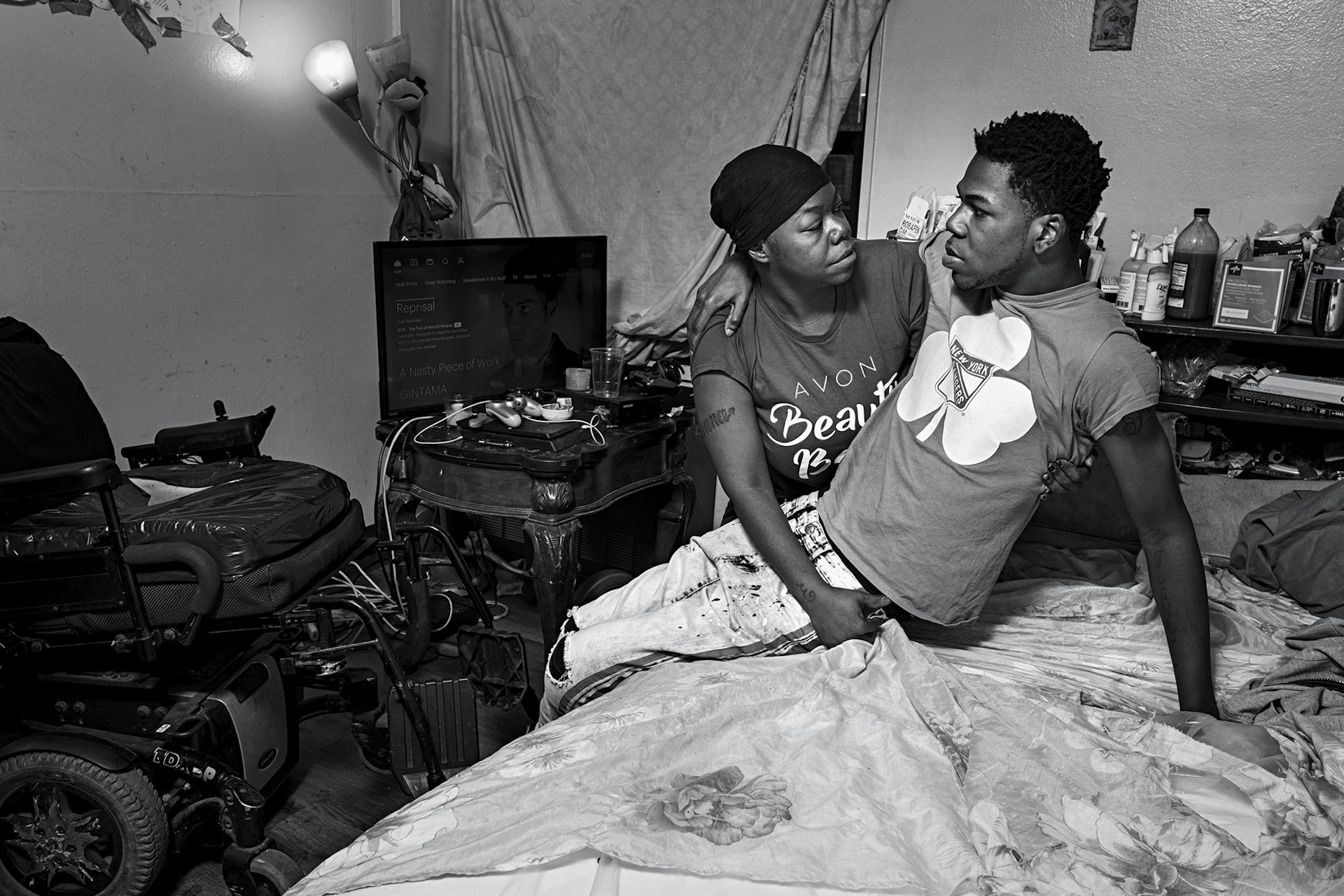It is a moment of balance. Where night matches day and the light and dark are equal. For millennia people have been observing equinox (equal night).
They come twice a year, as the planet completely balances on its axis. One in March, a spring equinox, signals the coming of the light for those of us in the northern hemisphere as the top half of the earth lurches towards the sun. In September there’s another, an autumn equinox, as we lean back the other way, drawing in the nights and the icy breaths of winter.
For centuries, people in Britain have gathered to celebrate the moment that the seasons change, embracing the coming light or dark. This year was no different as hundreds of people descended onto Stonehenge in Wiltshire to mark the astrological phenomenon. It was photographer Ben Crank's first time there and he didn’t really know what to expect.


“I’d done a lot of research,” he tells Huck, “and expected it to be slightly more "touristy" but it seemed to be only those who were more ardent.”
The world heritage site, approximately 2 hours drive outside London, is normally shuttered off by English Heritage, but is opened up on equinox and solstice for those looking to observe.
“Everyone there seemed to be getting into the moment spiritually with dancing/singing/chanting,” Crank recalls walking around the monument in the early hours of the morning with the group. “There seemed to be two simultaneous atmospheres. One which was as I mentioned very spiritual with the group being slightly older. And the second atmosphere had a more party-like feel with drums and dancing. It was a quite interesting juxtaposition between different generations and being able to watch them interact with each other.”








It is, for many, a profound moment of connection with nature and the cycles of the seasons. “Despite not being a spiritual person myself, I really experienced the connection people had with the stones and the historical significance of the site” the photographer recalls.
We do not know the true reason Stonehenge was constructed several thousand years ago, though there are any number of theories as to its origin which range from burial site to temple and beyond. Regardless, the henge has become a deeply important spiritual site for many. “I think particularly the images of the attendees recharging their crystals on the rocks captured quite precious and vulnerable moment that was lovely to observe as an outsider!”
Latest on Huck

Autism cannot be cured — stop trying
A questionable study into the ‘reversal’ of autism does nothing but reinforce damaging stereotypes and harm, argues autistic author Jodie Hare.
Written by: Jodie Hare

Bristol Photo Festival returns for second edition
After the success of it’s inaugural run, the festival returns this autumn with exhibitions, education and community programmes exploring a world in constant motion through still image.
Written by: Ben Smoke

Documenting the life of a New York gang leader paralysed by gun violence
New photobook ‘Say Less’ is a complex yet humanising look into a life wrecked by gun violence and organised crime.
Written by: Isaac Muk

The woman who defined 80s Hip Hop photography
A new exhibition brings together Janette Beckman’s visionary and boundary pushing images of an era of cultural change and moral panic.
Written by: Miss Rosen

In photos: the dogs of Dogtown
A new photobook documents Venice Beach’s four legged friends and their colourful cast of owners.
Written by: Isaac Muk

Inside the battle to stop coal
As the legal challenge against Britain’s first deep coal mine in 30 years reaches the High court, we talk to activists at the centre of the fight to stop it.
Written by: Ben Smoke



